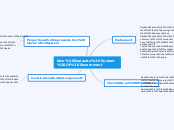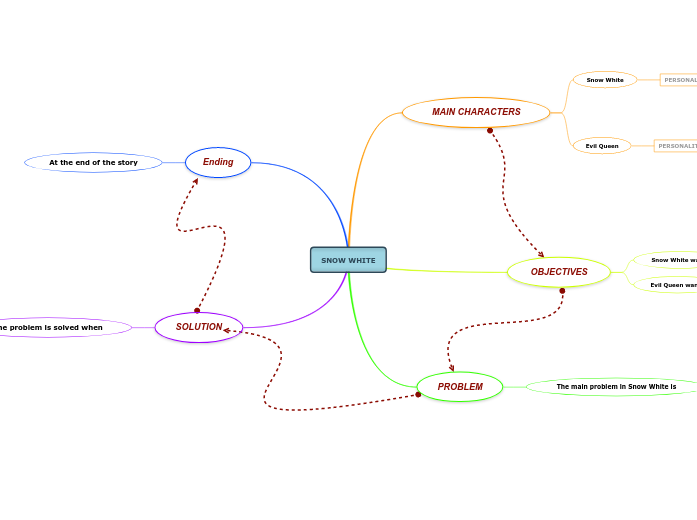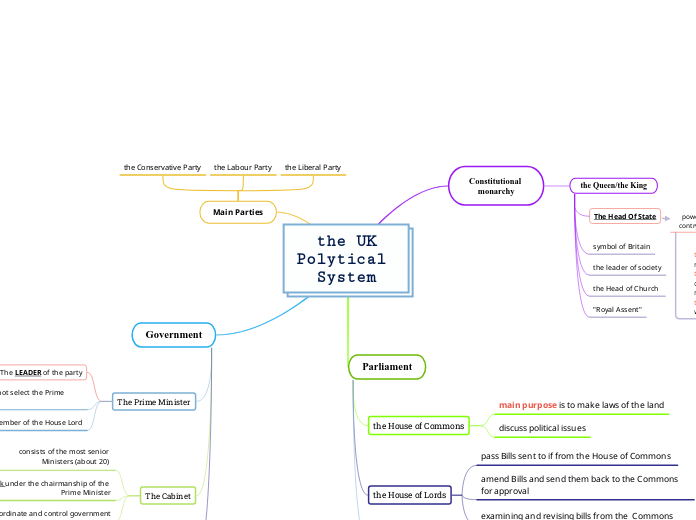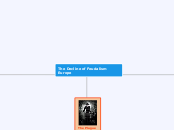por Александра Олонцева 7 anos atrás
264
Британский Парламент
The British Parliament, located in the heart of London at the Palace of Westminster, serves as the legislative body of the United Kingdom. This historic building, which also functions as a royal palace and former residence of monarchs, is distinguished by its iconic architecture, including the green House of Commons and the red House of Lords chambers.









